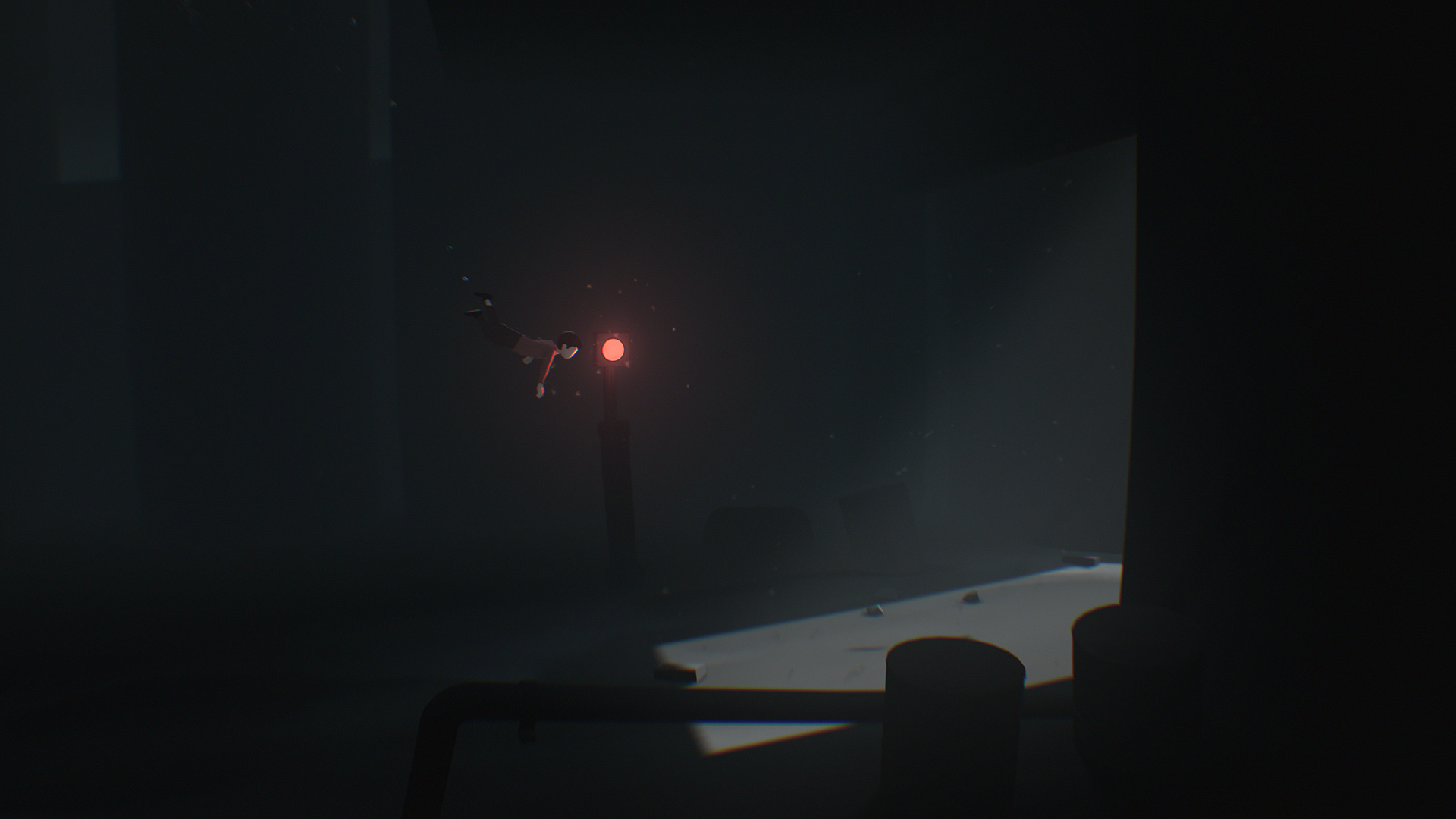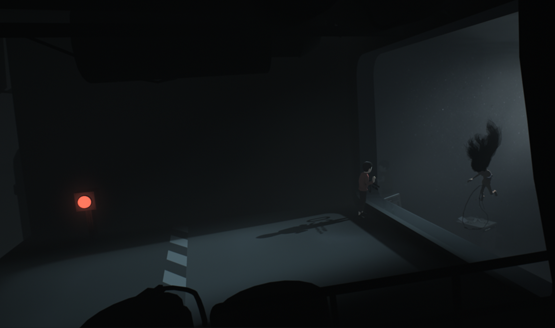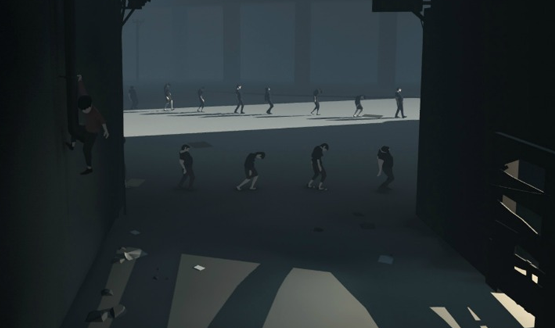Three hours after the main menu, my head tilts slightly to the side as credits begin to fill the screen. I look sideways to my wife and begin to say something, but no words come out. We’re both confused, and a palpable silence amplifies the state of perplexity we’re in. “So that represented…” I can’t even finish my sentences, my mind racing to make sense of what I had just played. There are simply no words. In fact, without ever saying a single word, Inside managed to send a deluge of thoughts and ideas, going against many of the expected norms in gaming to provide an experience that, while short, is not soon to be forgotten. And then there’s the secret ending — the one that further connects players to the game, creating a near insatiable meta loop of thought. Don’t worry, we won’t implicitly spoil the ending here, but a lot of the themes presented could be considered spoiler territory.
Playdead seems to love putting children in terrifying situations. They did it with Limbo — shadows masking some obviously gruesome deaths — and again with Inside, you play as a young boy, sneaking through a forest and infiltrating a secret facility where there are some heinous things afoot. Perhaps it’s their way of connecting with that child inside each of us. We’re so used to playing as overpowered adult heroes that playing as a child against increasing odds sits firmly in a different part of our minds. It triggers that helpless and scared part of ourselves, something that Inside manages to do very well in its opening moments in the forest.
Influential Significance in Failure
I failed. Numerous times. Whether it’s getting caught by a man with a flashlight, having my throat ripped out after being mauled by a dog, or drowning while trying to hide from whatever’s out there, trial and error helps players learn the nuance of each puzzle and encounter. It’s not that each puzzle is inherently difficult, but with Inside not saying any words vocally or on screen, failures act as part of the narrative, fleshing out the world and providing a platform with which to expand the story. For example, drowning early on helped set an expectation on which a later narrative twist relied. Without having drowned, I may not have understood the significance of this particular moment. I know, I know. It sounds really obscure, but most things in Inside are best experienced for yourself. The less you know going into it, the better to formulate your own series of ideas about the themes and messages.
From start to finish, the world of Inside is one continuous level, each puzzle and encounter expertly worked into the stunning environment. And stunning it is. The visuals landing somewhere loosely between claymation and hand drawn animation help to draw a seamless connection between player and game, which is imperative upon reaching the conclusions I’ve come to. The animations of the boy are mesmerizing as he runs, jumps, and climbs his way through the mystery. There are a number of other animations that are enthralling, particularly something in the final act that is grotesque and beautiful all at the same time, but again, I will remain intentionally cryptic for the sake of your own discovery. Just know that I’d be hard pressed to say I had ever seen something matching its malformed allure in a game before, and I don’t imagine anything similar will be coming around anytime soon.
While Inside has about a three-hour running time, some of that is caused by Inside’s slow pace. The boy’s relatively slow running speed isn’t an issue when there is saturation of environmental and puzzle elements. In fact, the slow speed allowed me the opportunity to take more of the game in, which I can appreciate in something this well handcrafted and designed. Issues arise when there are long stretches of nothing interesting going on. With nothing new to keep me driven, I found my attention waning during a few parts of Inside’s first two acts. It may be that they wanted those times to be thought provoking but I found them to be less mentally stimulating and more boring. Bear with me a moment. There’s analytical significance to this point.
One particular puzzle suffers quite a bit from the plodding pace, involving an elevator, quite a bit of retreading the same paths, and attempts to find the right place to go to. Of course I managed to go the wrong way initially which nearly doubled the amount of time it should have taken me to get through this area. This slow speed also discourages exploration, which can ultimately result in missing a number of secret areas, crucial for trophies and the hidden ending (that changes a lot of the perception on Inside’s unspoken narrative).
When a Negative Becomes a Positive
Ironically, that slow speed, and my very negativity towards some of the plodding paces of certain parts can play into the meta of what the game all actually means, or at least my own perception, including thoughts about what drives gamers to move forward and complete a game, and the extremely mind-controlling, plugged in nature of the entire world. Those long sections of seemingly nothing? I kept going. And that was Playdead’s plan all along. Their way of actually controlling me. That’s just a small sampling of my thoughts on the social commentary Inside is providing, which are definitely much more vast. Right or wrong doesn’t really matter, because it’s what I ultimately got out of the game.
So the dilemma arises, when a piece of art — a commentary — has a negative aspect, but that negative point plays into the elucidation, or at least manages to present everything in such a way that my perception of that negative becomes a crucial part of the commentary, is it still a negative? Is it not accomplishing exactly what it set out to do by making me think? Am I overthinking each piece and interpreting a bad game mechanic as something more profound? Perhaps I am, but rare is the game that allows a player to justify something like that as an illuminating feature, and this is where Inside succeeds in its design.
Sometimes there’s sapience in simplicity. Inside sets out to be an experience unique to every player’s interpretation, while at the same time offering a decisively two dimensional roadmap to be followed, which of course fits into my own interpretation of what it’s trying to say in a broader context, and the meta cycle keeps on spinning. If there is an argument to be made for interactive experiences as commentary and self referential art form, Inside would be it. It may not be the most intensive or difficult game, but long after I’ve unplugged, I still can’t stop thinking back to my own experience with Inside, and there is no greater success than keeping your mind on something long after you’ve left its clutches.
Essential Reading
Inside Review Screenshots
-
Inside
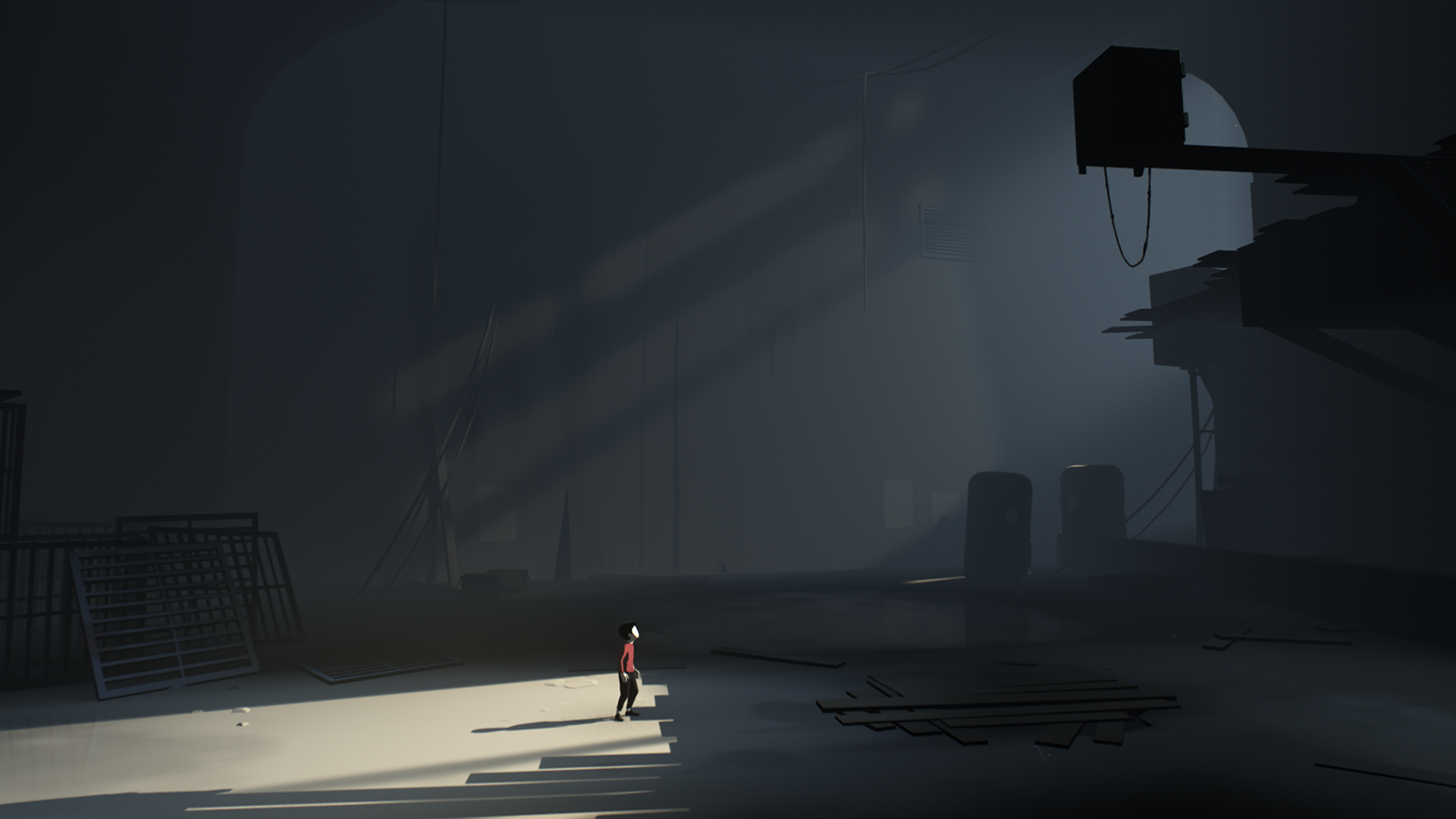
-
Inside
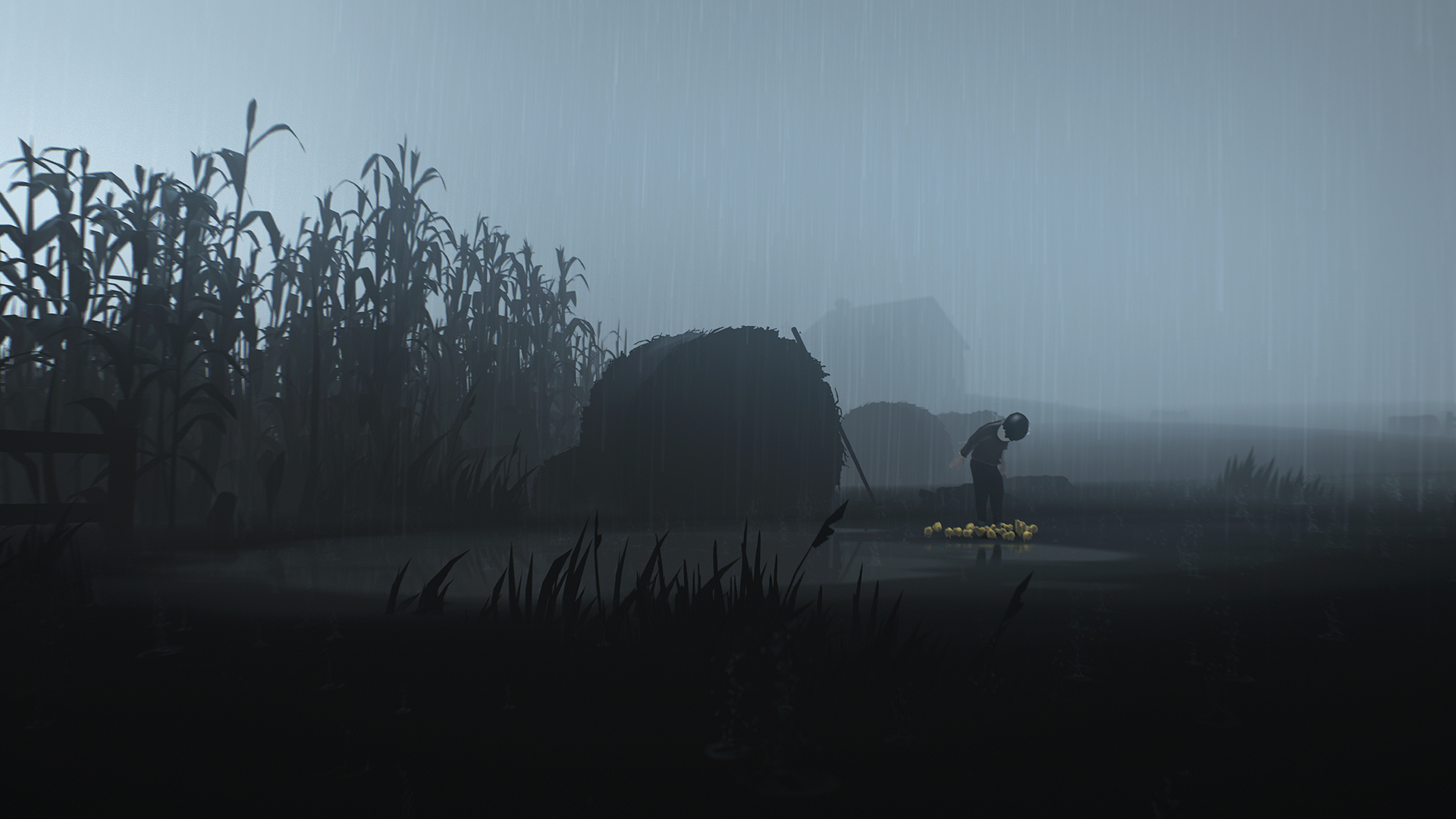
-
Inside
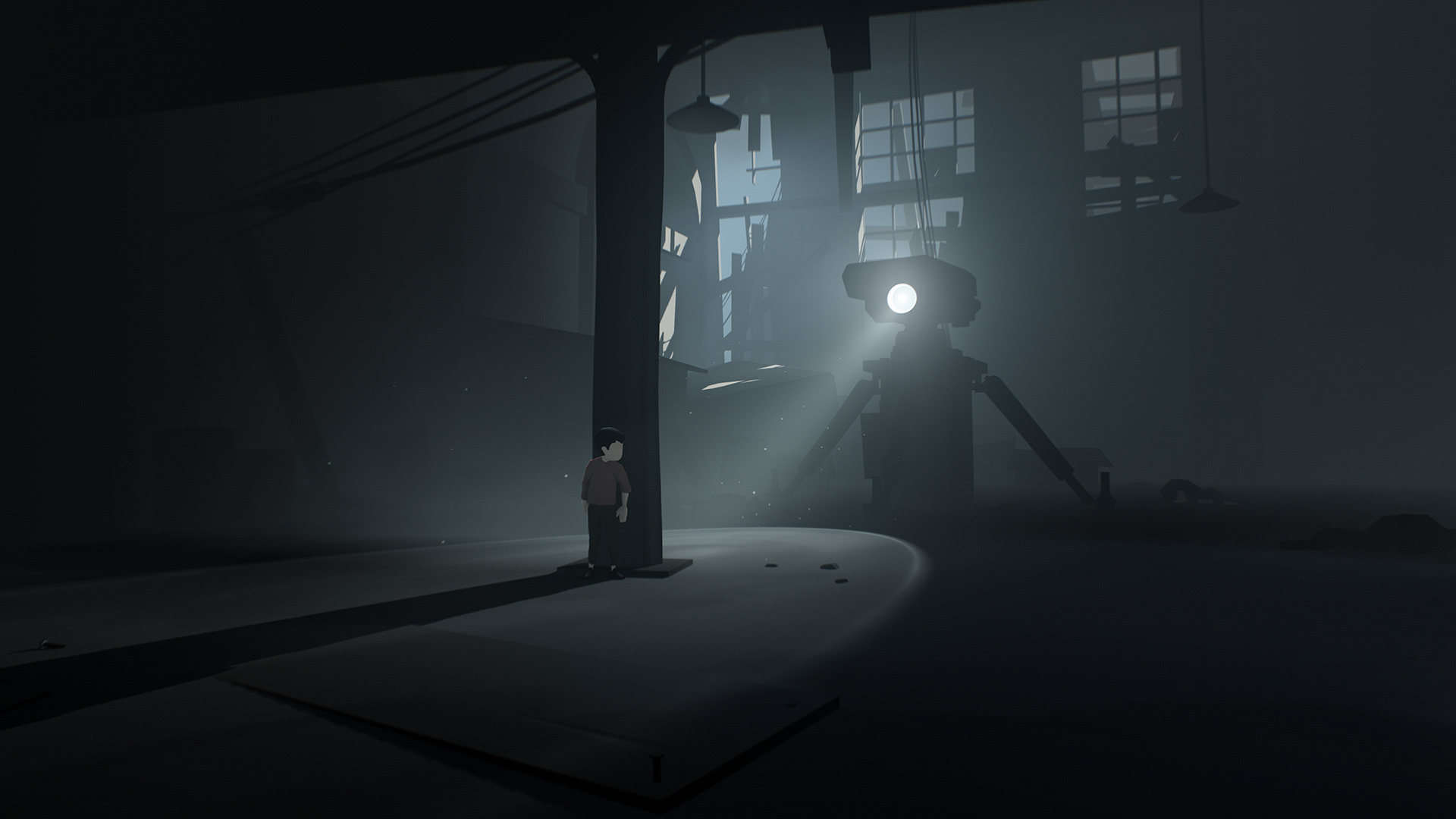
-
Inside
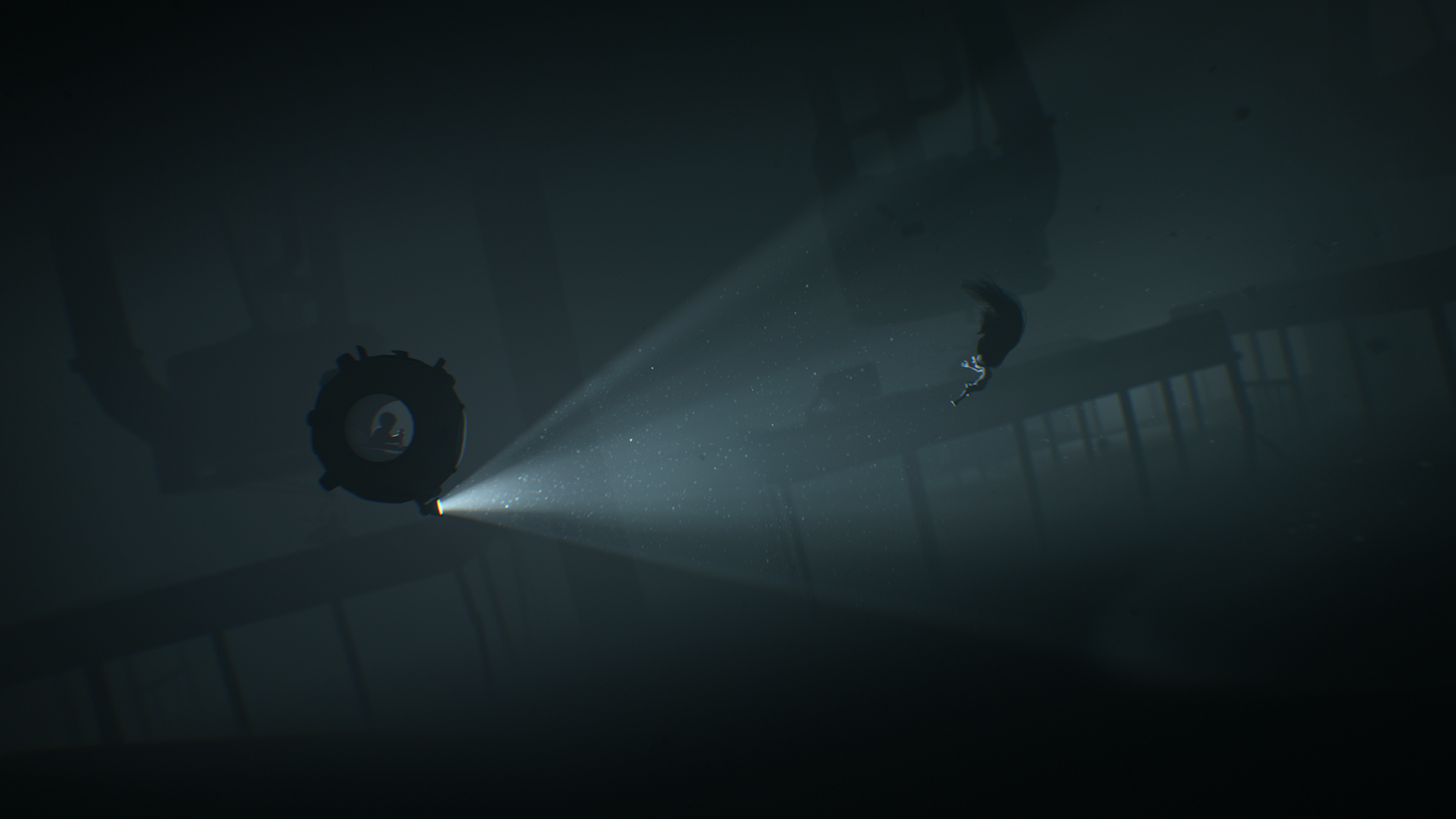
-
Inside
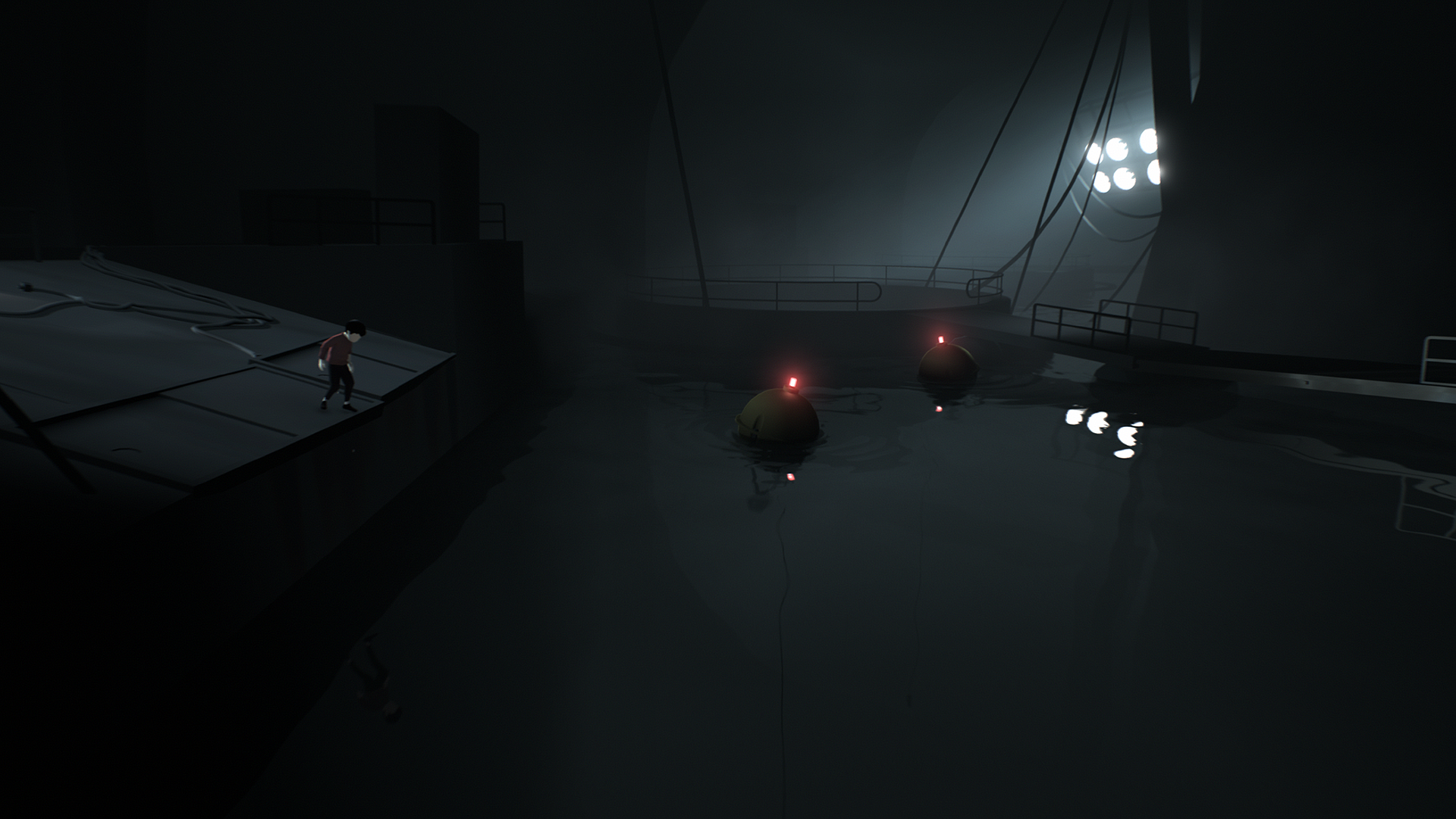
-
Inside
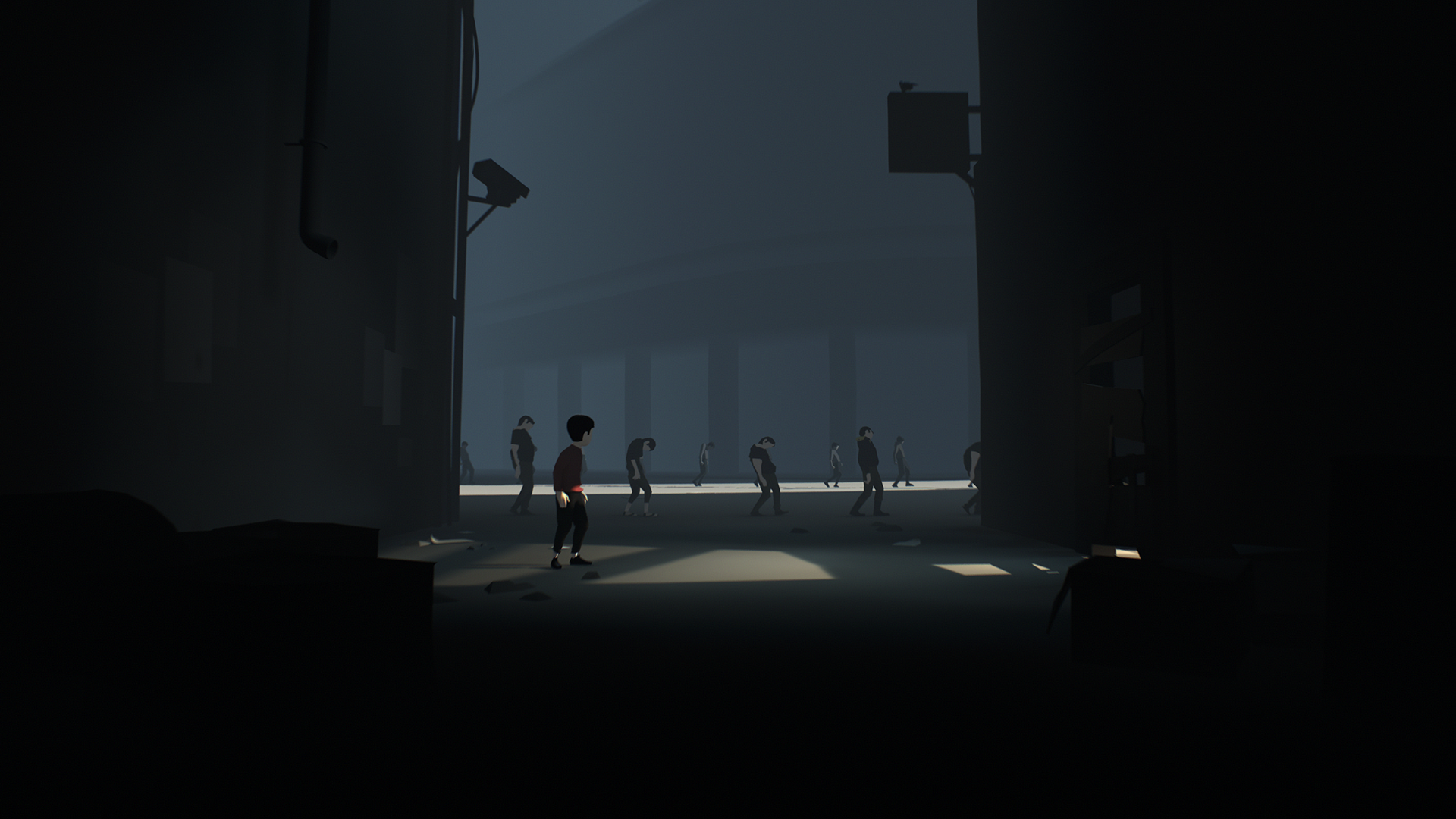
-
Inside
